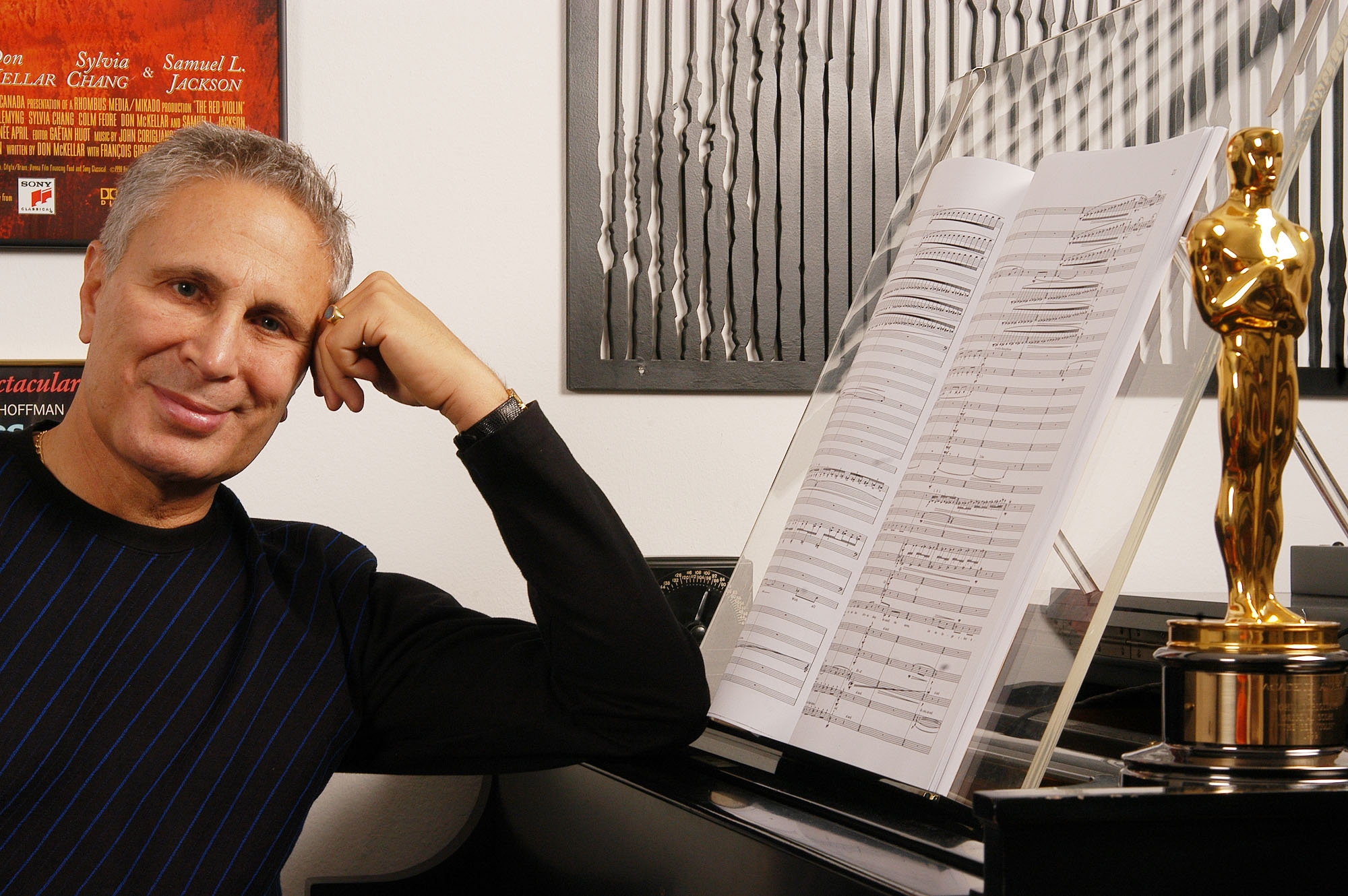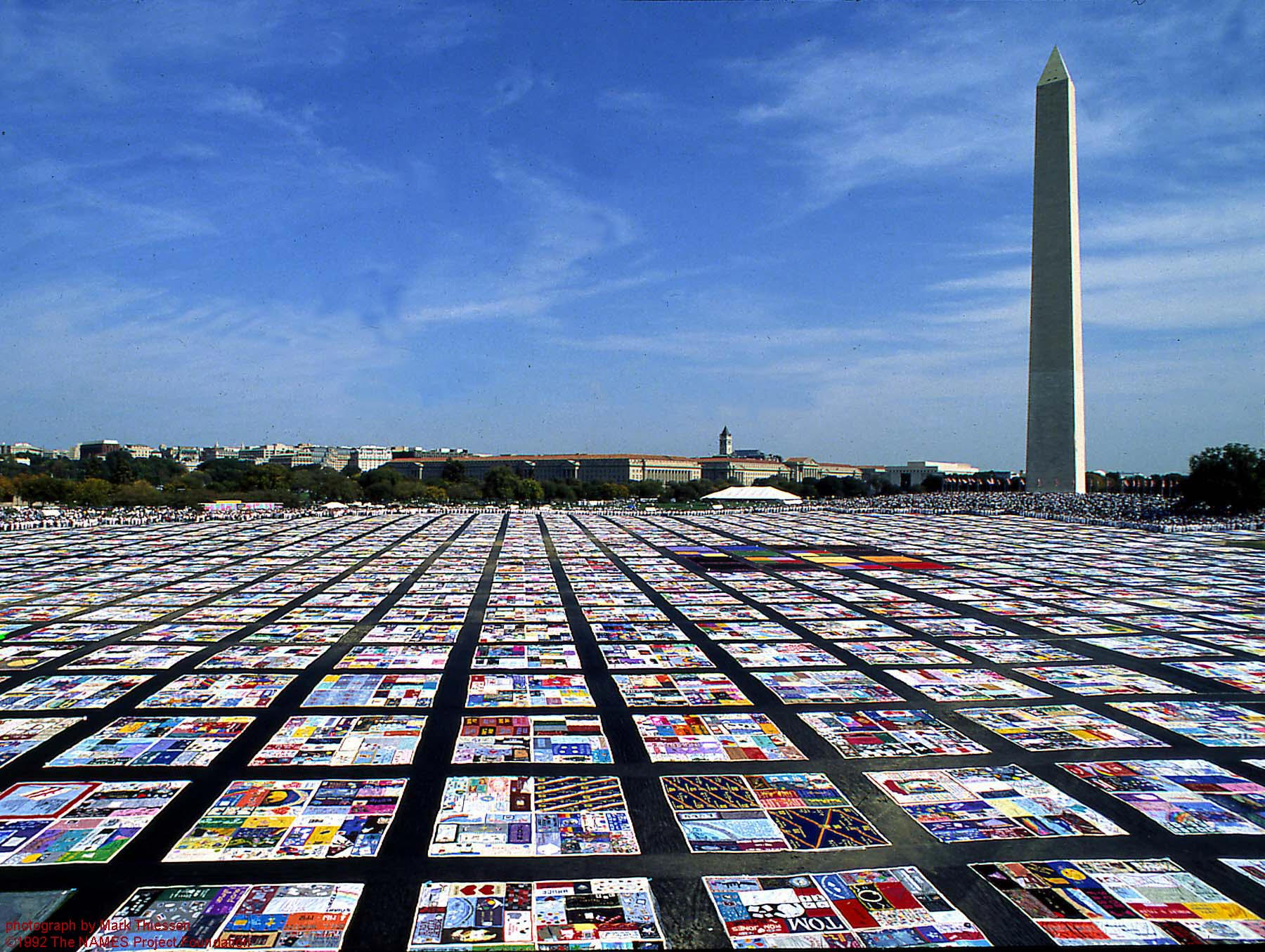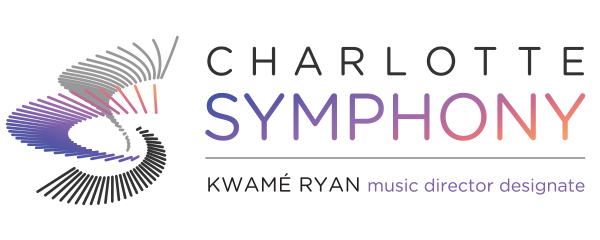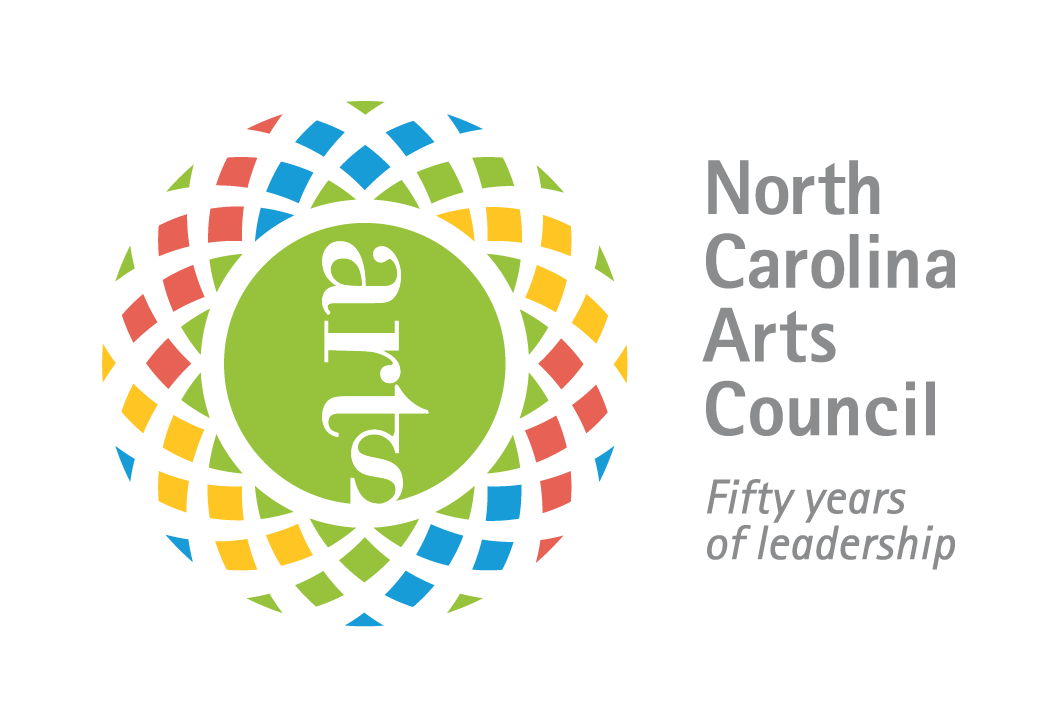
According to the composer himself, John Corigliano was reluctant to try his hand at a modern symphony, but he felt it was the appropriate format for this particular work. "My Symphony No. 1 was about world-scale tragedy and, I felt, needed a comparably epic form," he wrote. The AIDS epidemic had affected him deeply, and inspiration came, in part, from the NAMES Project AIDS Memorial Quilt.

"I was extremely moved when I first saw 'The Quilt,' an ambitious interweaving of several thousand fabric panels, each memorializing a person who had died of AIDS, and, most importantly, each designed and constructed by his or her loved ones. This made me want to memorialize in music those I had lost, and reflect on those I was losing."
The first movement of the work, Apologue: Of Rage and Remembrance, includes an offstage piano playing Isaac Albeniz' Tango, a favorite work of Corigliano's pianist friend, who is memorialized in this movement.
The second movement, Tarantella, was written in memory of a music executive and amateur pianist. With shocking percussion and brass interrupting an Italian folk dance, followed by a wistful clarinet, Corigliano has written that this movement represents his friend's descent into AIDS-related dementia.
Chaconne: Giulio's Song was written to remember Corigliano's college friend and amateur cellist, Giulio. A solo cello represents his friend while a second cello joins in, a remembrance of Giulio's cello teacher.
The final movement, Epilogue, is played against a repeated pattern consisting of waves of brass chords. Against this, each of Corigliano's friends and their music are recalled. The work ends as a solo cello holds the same perpetual A, finally fading away.
In the composer's own words:







